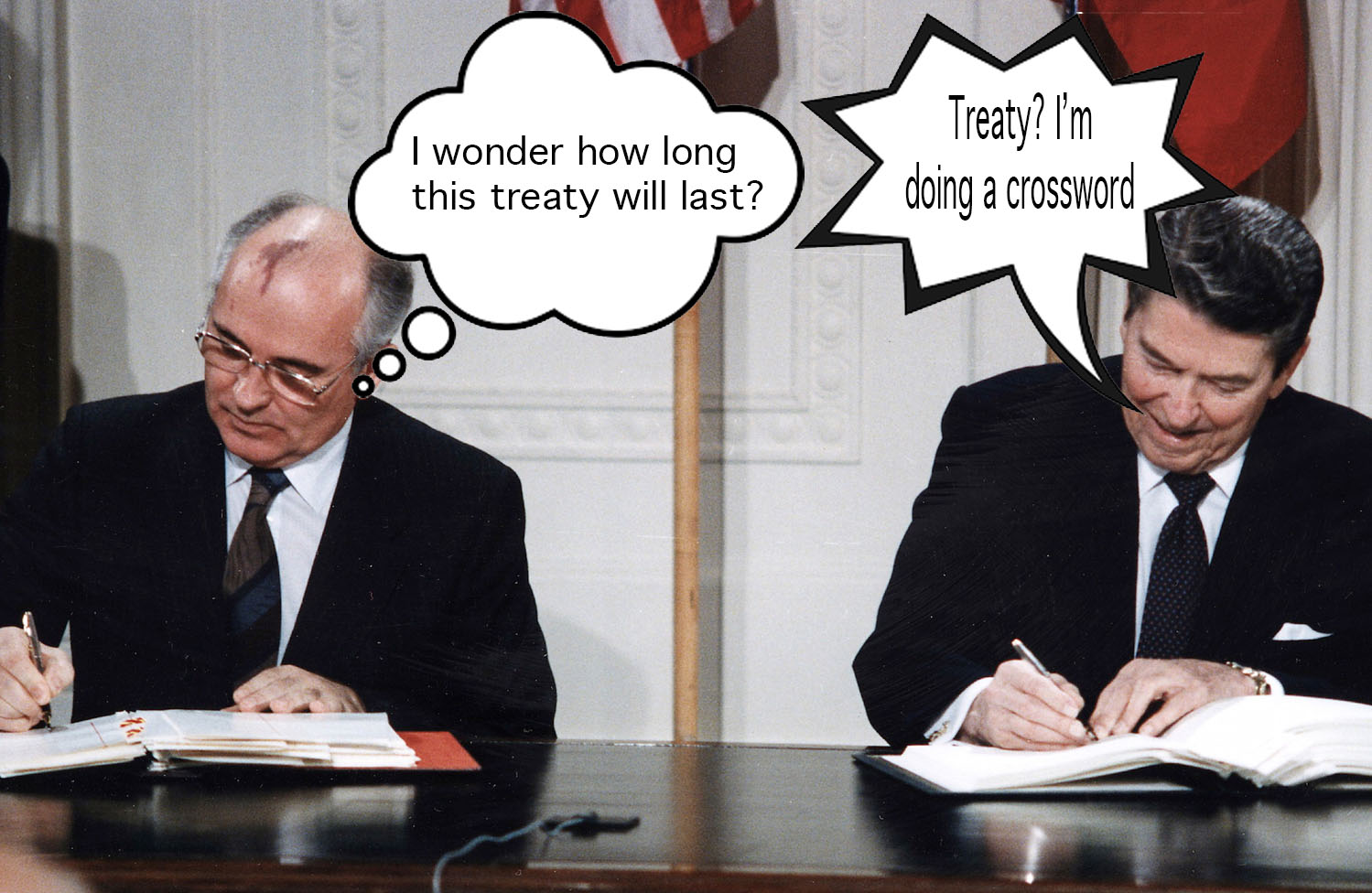For long as I can remember, it’s always been more or less safe to assume that in the absence of news, we can find solace that perhaps the silence is an indication of something positive. As we’ve seen, on countless occasions with the Trump administration, President Donald Trump has zero interest in keeping things quiet or maintaining any semblance of a status quo while in office.
From geopolitical tussles with China to sticking our nose in the Israel/Palestine conflict, America has made some pretty bold moves over the course of the Trump presidency. In the week or so after President Trump temporally reopened parts of the Federal government following a month-long shutdown, one would assume that his administration might try and avoid the spotlight until matters calmed down a bit. As has been the case before, nothing is out of the question when it comes to the Trump administration.
U.S. Secretary of State Mike Pompeo announced on Friday that the United States will formally begin the process of withdrawing from the Intermediate-Range Nuclear Forces Treaty, a Cold War-era armistice agreement with Russia that has served as the most significant piece of anti-nuclear proliferation legislation in recent history. Pompeo said that “Russia has refused to take any steps to return to real and verifiable compliance over these 60 days,” and because of this, the U.S. wants out.
“To this day, Russia remains in material breach of its treaty obligations not to produce, possess or flight test a ground-launched intermediate range cruise missile system…The United States will therefore suspend its obligations under the INF Treaty effective February 2, and we will provide Russia and other treaty parties with formal notice that the United States is withdrawing from the INF Treaty effective in six months pursuant to Article 15 of the treaty.”
–U.S. Secretary of State Mike Pompeo
In perhaps the most embarrassing geopolitical example of “if they don’t have to, why should we?,” the Trump administration decided that the US no longer wishes to be unilaterally bound by the INF treaty, and Russia is to blame. For you non-history buffs out there, my apologies for glazing over the explanation of the INF. The treaty was signed back in 1987 by Ronald Reagan and Soviet leader Mikhail Gorbachev, which prohibited the US, and Russia, from fielding ground-launched cruise missiles capable of flying between 310 and 3,420 miles. Following the nastiness of the Cold War, the INF treaty was the white flag both countries needed to see to calm things down a bit.
Though drastic, President Trump’s rationale for pulling out of the treaty is based in fact. Russia has since violated the agreement one too many times since its enactment. According to Vox, back in 2014, the Obama administration criticized the Kremlin for testing weapons that directly violated the language of the accord. Russian President Vladimir Putin has claimed that he has, in Russia’s possession, weapons that are the stuff of villainesque nightmares; nuclear-powered cruise missiles capable of destroying the US, unstoppable drone submarines that can be deployed to destroy foreign ports, and a squadron of elite, special forces kodiak bears.
Aside from the bear squadron, Putin has made it abundantly clear that he means business, and hasn’t been shy about Russia’s nuclear arsenal, but the issue is not his immense desire to gloat; it’s the fact that his country broke a nuclear disarmament treaty. Last October, Trump told Russia that if they failed to come back into compliance, the U.S. would pull of out the INF treaty, so naturally, Trump made good on his original promise. While some experts are up in arms on Trump’s decision, many are equally passionate that his decision had to be made.
“There was no hope of getting Moscow to return to compliance. It doesn’t make sense for the United States to be unilaterally constrained by limits that don’t affect any other country.”
–Matthew Kroenig, Nuclear Expert, the Atlantic Council





